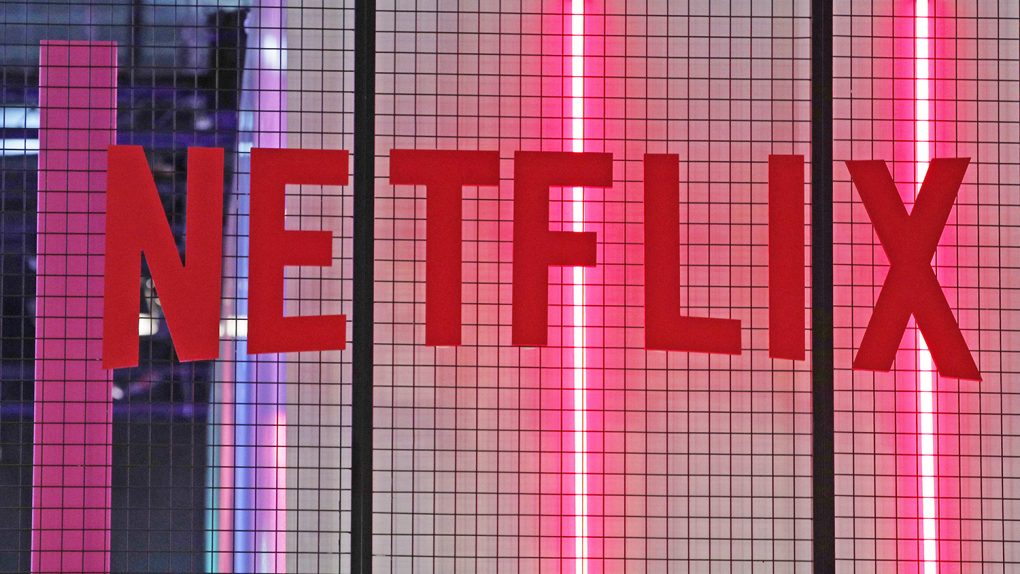When people talk about cord-cutting and switching to streaming cable alternatives, they’re normally referring to ditching physical cable for a package like Sling or DirecTV Now. Those services all offer a cable-lite experience, streamed through an app or TV dongle, which replicates a traditional cable package, plus a few modern extras.
But according to Deloitte’s annual digital media trends survey, that’s not the kind of cord-cutting the cable industry should be truly worried about. The survey, which polls 2,000 US consumers on their streaming habits, found that the percentage of households that pay for a streaming service has crept above 50% for the first time. 55% of American households now subscribe to a streaming service, up fro 49 percent a year ago. In total, households spent $2.1 billion on streaming last year, a number that’s quickly becoming more than a rounding error.
The most worrying thing for cable companies isn’t the raw number of subscribers — it’s why they bother to subscribe. Deloitte vice chairman Kevin Westcott told CNBC that “exclusive original content is a major driver for customers when they’re choosing subscriptions.” Over half of streaming customers told Deloitte that their decision to subscribe to a streaming service was based on access to exclusive content, rather than a complaint about cable.
This is a big deal because it reinforces that Netflix’s bold decision to spend big on original content is paying off. Investors have been worried that Netflix is over-spending on its original content portfolio. The streaming giant is forecast to spend over $8 billion on content in 2018, with around a quarter of that being Netflix Originals. That’s a huge investment in its own content, but according to Deloitte’s survey, the decision is paying off.
It’s worrying for cable companies because as it currently stands, they can’t compete with Netflix on the original content front. Cable companies have traditionally been distributors, rather than purely content owners. That’s changing — just look at Comcast’s acquisition of NBCUniversal or AT&T’s attempted takeover of Time Warner — but as it currently stands, few cable companies have enough of an exclusive content library to really go to war with Netflix, and soon Disney. Cable companies can pivot to streaming video services all they want, but if customers decide that a $10-a-month Netflix subscription is all they need, a $35-a-month streaming subscription is going to be a hard sell.









